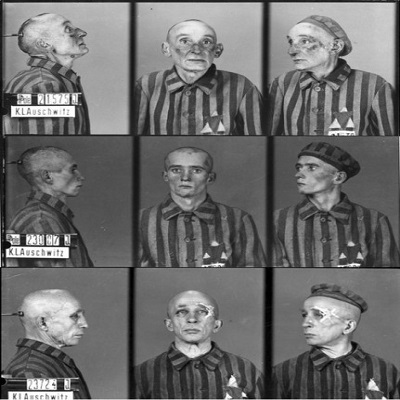The Nazis were known to keep meticulous records on just about everything. Amazingly, this was also true about their desire to establish a photographic record of their crimes. We are familiar with Hitler’s favorite filmmaker and director, Leni Riefenstahl (1902−2003). She was not only a filmmaker but also a photographer and yes, a Nazi. Her movies included Olympia (1936 Berlin Olympics) and the propaganda film on the 1934 Nazi rally at Nuremberg. There was Heinrich Hoffmann (1885−1957), Hitler’s personal and official Nazi photographer. Hoffmann was part of Hitler’s inner circle and played a significant role in Goebbel’s propaganda program to elevate Hitler in the eyes of German citizens. Both of these individuals are quite well known due to their historical visibility. However, there was a group of photographers who are not quite as famous as the Nazi propagandists. These were the Auschwitz photographers and they were inmates selected by the camp’s commandant, SS-Hauptsturmführer Rudolf Höss.

